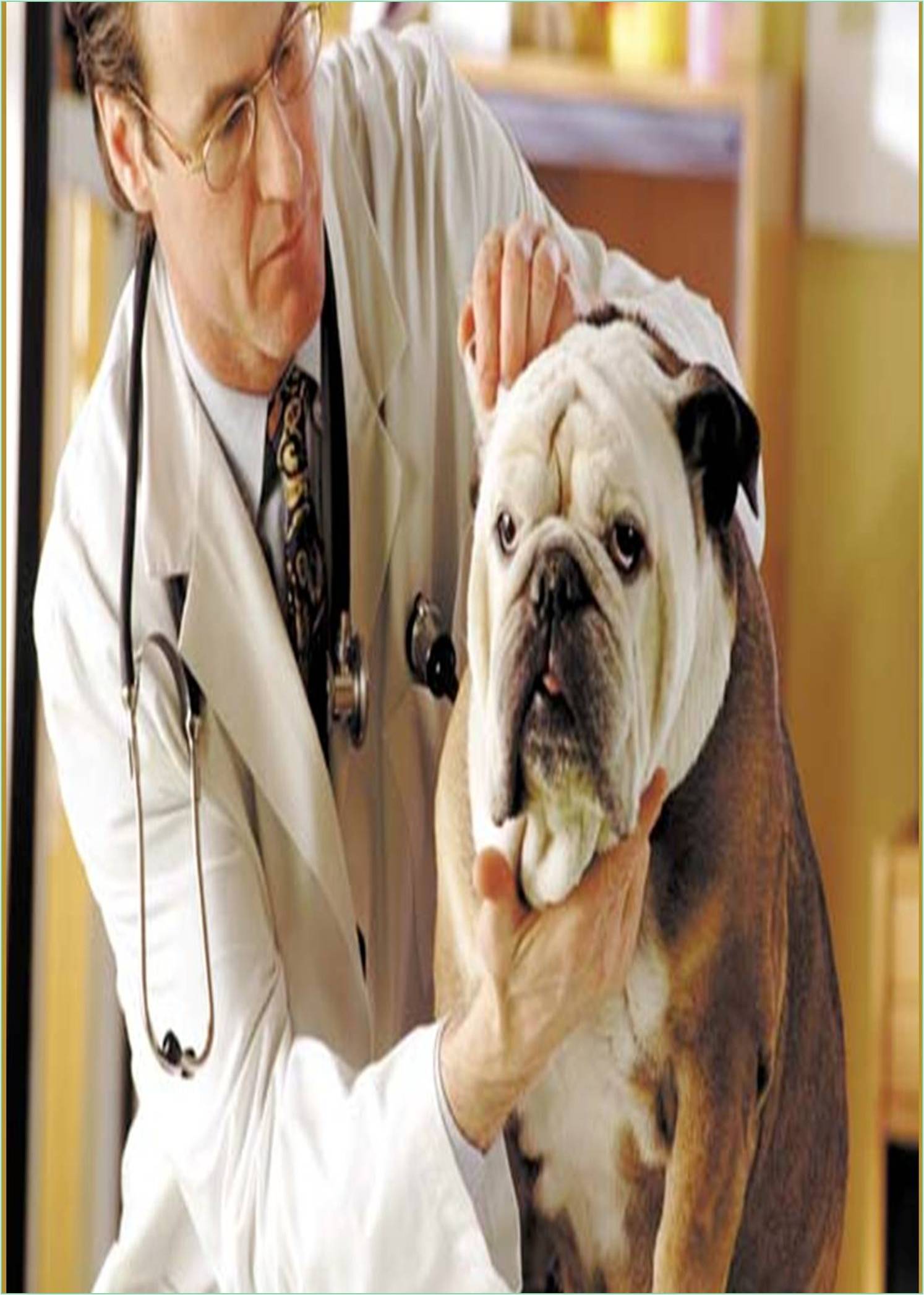



Received: 29-Jul-2022, Manuscript No. GJVMR-22-74332; Editor assigned: 02-Aug-2022, Pre QC No. GJVMR-22-74332 (PQ); Reviewed: 17-Aug-2022, QC No. GJVMR-22-74332; Revised: 24-Aug-2022, Manuscript No. GJVMR-22-74332 (R); Published: 31-Aug-2022, DOI: 10.15651/GJVMR.22.10.005
Clostridial diseases are caused by anaerobic bacteria that are widespread in the environment, especially in soil, and are often fatal. Bacteria produce spores and can survive in the environment for a very long time. Most Clostridium bacteria occur naturally in the intestines of healthy animals. Blackleg is an acute, febrile, fatal worldwide disease of cattle and sheep caused by Clostridium chauvoei and characterized by emphysematous swelling and necrotizing myositis, often affecting large muscles. This is most commonly observed in lambs consuming high concentrations of feed, but can also occur when lambs are suckling high-milk dams. It usually affects lambs one month and older. For all Clostridial diseases, veterinary assistance is required for diagnosis. Death usually occurs suddenly without clear clinical signs. Affected animals are often 2-4 years old, tend to lag behind the herd, become supine, and die within hours. Most cases occur in the summer and early fall when liver fluke infections are high. Sheep can become infected with various Clostridial diseases. Clinical signs that warn of Clostridial disease include tetanus, blackleg, melanoma, malignant edema, pulpy kidney, and botulism.
Tetanus
Tetanus toxemia is caused by a specific neurotoxin produced by the bacterium tetanus in necrotic tissue. Almost all mammals are infected, although dogs and cats are relatively more resilient than other domestic and laboratory mammals. The incubation period for tetanus varies from a week to several weeks, but usually ranges from 10-14 days. Due to their high resistance to tetanus toxin, dogs and cats have a long incubation period and often develop localized tetanus. However, systemic tetanus does occur in these species (Aktories et al., 2005).
Blackleg
Blackleg is an acute, febrile, fatal global disease of cattle and sheep caused by Clostridium chauvoei and characterized by emphysematous swelling and necrotizing myositis, often affecting large muscles. In cattle, blackleg disease is endogenous. The onset of the disease is usually sudden and some animals may be found dead without any proper symptoms. Death occurs within 12-48 hours (Allegretti et al., 2018).
Black Disease
Black disease is a contagious bacterial disease most commonly caused by Clostridium chauvoei, a Grampositive species of bacteria. It is found in livestock worldwide and usually affects cattle, sheep and goats. Also it is observed in farmed bison and deer. The acute nature of the disease makes successful treatment difficult, and the efficacy of commonly used vaccines remains controversial. When infection begins, the animal may develop a fever. The extremities are usually very swollen and may be lame in the affected area. Once clinical signs appear, the animal may live up to 12 hours (Chaves- Olarte et al., 1997).
Malignant Edema
Malignant edema is an acute, usually fatal blood poisoning that affects all animal species and is usually caused by Clostridium septicum. Other Clostridium species have been isolated, indicating mixed infection. Additional Clostridia involved in wound infections. Common clinical symptoms, such as anorexia and high fever, and focal lesions develop within 6 to 48 hours. Malignant edema associated with vulvar injury at birth is characterized by vulvar edema, severe toxicosis, and death within 24-48 hours (Emsley et al., 2010).
Pulpy Kidney
Pulpy kidney (enterotoxemia) is a disease of sheep, goats and cattle. In sheep, it occurs when bacteria that normally live comfortably in the animal's gut begin to multiply and produce toxins that poison the sheep. Pulpy kidneys are most common in fast-growing, unweaned or weaned lambs, and are most likely to develop renal medulla. However, the disease can appear at any time (Gao et al., 2019).
Botulism
Many species of mammals and birds, and some fish can be affected by botulism. Clinical disease is most common in wild birds, poultry, mink, cattle, sheep, horses, and some species of fish, dogs, cats, and pigs. Typical signs include hind limb weakness leading to paralysis, collapse, and death. Death usually occurs 24 to 72 hours after the onset of clinical symptoms due to respiratory failure (Raphael et al., 2010).
Prevention of Clostridial disease relies heavily on vaccination. There is no effective treatment. The disease can be controlled by specific vaccinations, but is not included in standard polyvalent Clostridium vaccines. Commonly prescribed drugs include metronidazole, vancomycin, and fidaxomicin. If these measures are inadequate, metronidazole is prescribed. If this doesn't help, vancomycin should be prescribed. Vancomycin should not be used as first-line therapy because it may promote the emergence of vancomycin-resistant enterococci. Fidaxomicin is a recently introduced drug to treat all these conditions. It does not appear to be more effective than vancomycin, but it does appear to reduce the rate of recurrence. Antibiotic therapy should be discontinued.
Aktories K, Barbieri JT (2005). Bacterial cytotoxins: targeting eukaryotic switches. Nat Rev Microbiol. 3: 397-410. [Google Scholar] [PubMed]
Allegretti G, Talamini E, Schmidt V, Bogorni PC, Ortega E (2018). Insect as feed: an emergy assessment of insect meal as a sustainable protein source for the Brazilian poultry industry. J Clean Prod. 171:403-412. [Google Scholar]
Chaves-Olarte E, Weidmann M, Eichel-Streiber C, Thelestam M (1997). Toxins A and B from Clostridium difficile differ with respect to enzymatic potencies, cellular substrate specificities, and surface binding to cultured cells. J Clin Invest. 100: 1734-1741. [Google Scholar] [PubMed]
Emsley P, Lohkamp B, Scott WG, Cowtan K (2010). Features and development of Coot Acta Crystallogr. D Biol Crystallogr. 66:486-501. [Google Scholar] [PubMed]
Gao Z, Wang W, Lu X, Zhu F, Liu W, Wang X, Lei C (2019). Bioconversion performance and life table of black soldier fly (Hermetia illucens) on fermented maize straw. J Clean Prod. 230:974-980. [Google Scholar]
Raphael BH, Choudoir MJ, Lúquez C, Fernández R, Maslanka SE (2010). Sequence diversity of genes encoding botulinum neurotoxin type F. Appl Environ Microbiol. 76:4805-4812. [Google Scholar] [PubMed]